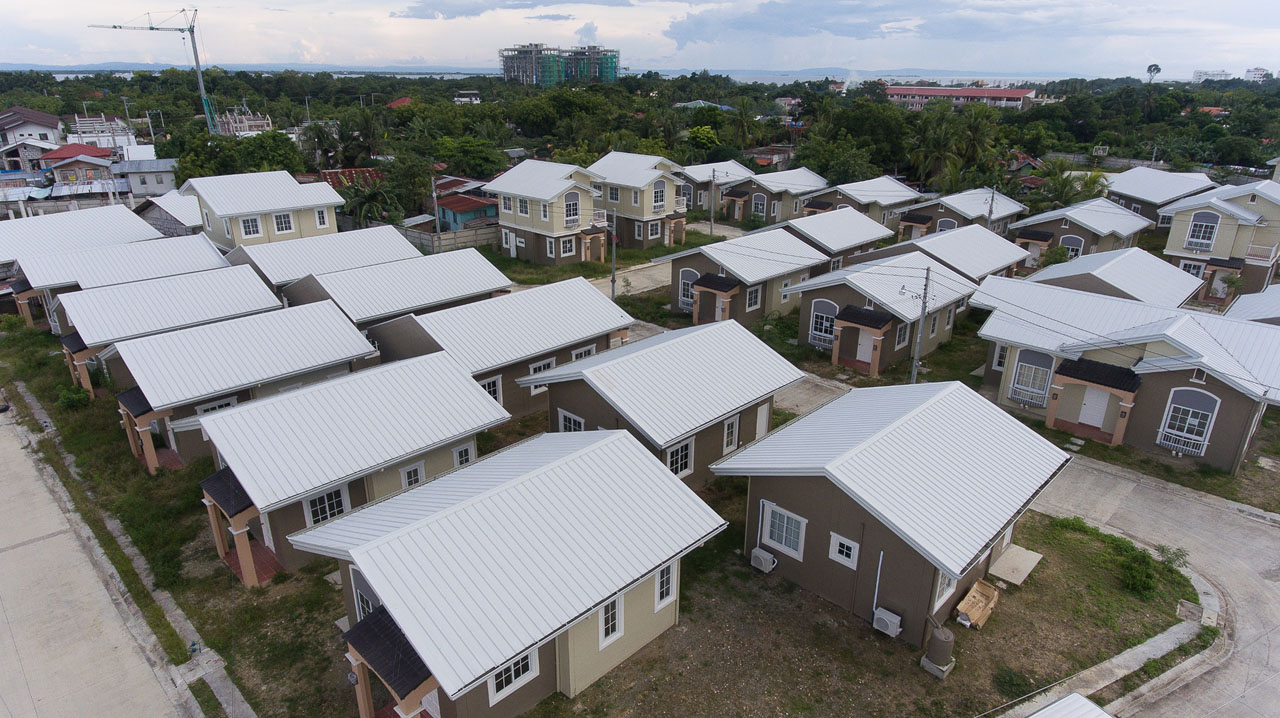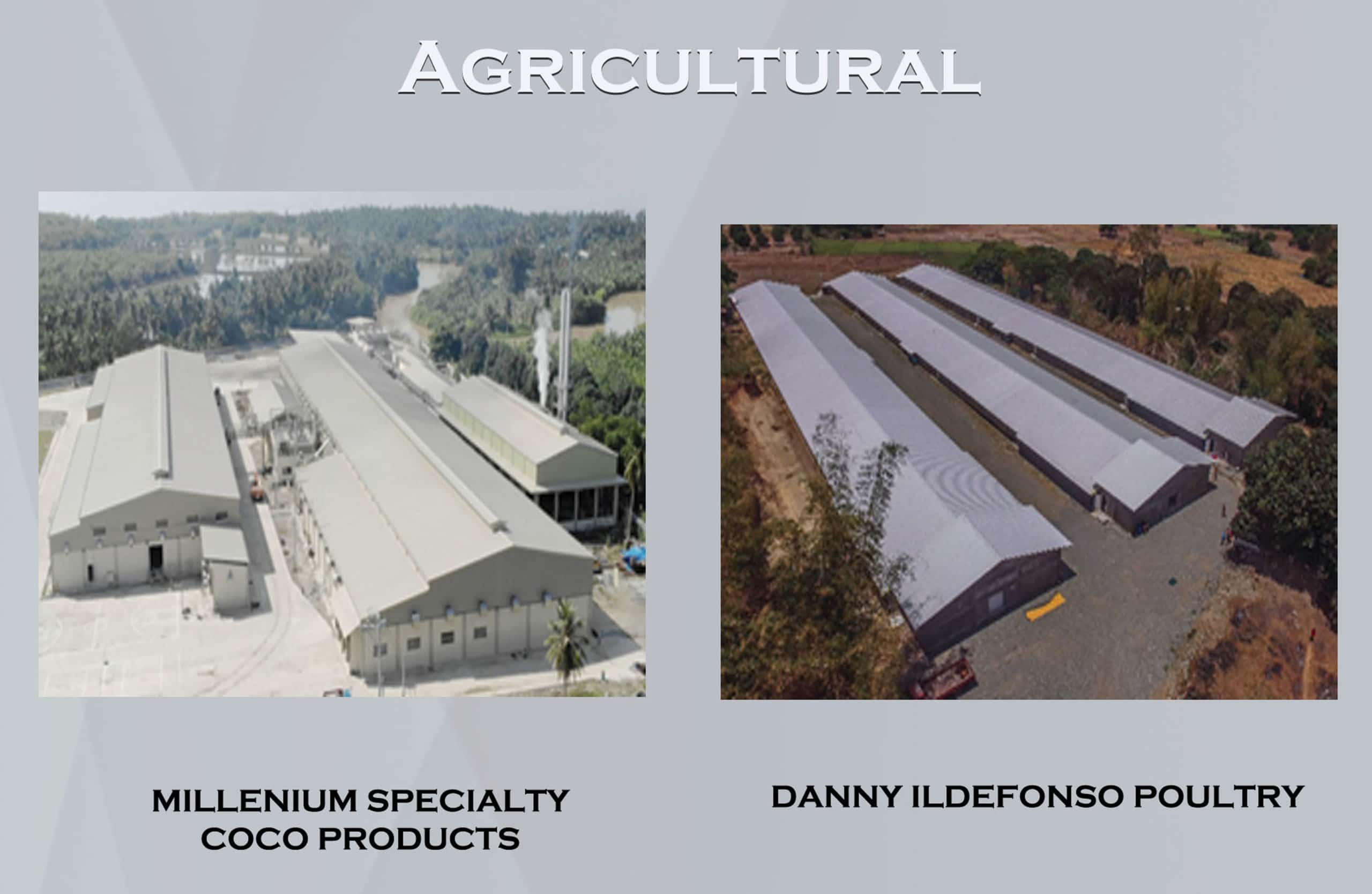Roofing – it’s the part of a house or structure that forms its upper covering. It could be made out of wood, tiles, metals, asphalt, cement, or even plastic. It’s what makes a house a shelter yet it’s easily underrated in contrast to doors, windows, porch, and other parts of the house. It’s the first line of defense against external elements such as direct heat from the sun, rain, strong winds, flying debris, pollution, and many others.
Given this, choosing and installing the roof must be done ceremoniously. There are a number of aspects when it comes to building a sound roof, one has to consider the parts, the material, the material profiles, and the aesthetics. But above all, your priority is to select quality materials to ensure durability and longevity of the roof. The question is, how are you going to design a roof and how are you going to choose the right materials?
Roofing materials, whether residential or commercial, should be decided depending on design and purpose while ensuring durability. Security and longevity vary depending on the what the roof or materials will be exposed to so taking that into consideration will be a great step in selecting materials.
Time definitely gave more options in construction nowadays and with all variations available, it’s easy to shrug roofing material variations as the same. But not so fast, different roofing specifications provide different solutions, and therefore, choosing requires a certain in-depth knowledge on your project. The key is to follow a systematic and easy to remember guidelines that can guide you through your decision-making process.
Here are the things you must consider when building or replacing a roof:

1. Location
One of the first thing that should be considered is the location. The location of your home or project reveals a certain weather and climate pattern that will help you choose better roofing. For example, frequency of rainfall may easily rust metal materials and heavy snow may not favor a light roofing material. You definitely wouldn’t want your roof being soaked up or flying off on harsh weather conditions. In short, determining weather patterns will help you anticipate future problems so you can find a work-around strategy that may help you save in the long run.
Given that the Philippines is a tropical country, and would often experience both dry and rainy seasons, extreme heat and abundant strong rainfall are to be expected. You might want choose materials and shapes that can withstand such weather conditions. A water-resistant material such as stainless steel and galvanized steel may prove to be timeless for a metal roof job. These metals will prove to be a good choice as they don’t rust easily. A gable roof, a peaked or triangular roof, on the other hand, will easily shed water on rainy season and may allow more ventilation on hot summer days.
Aside from weather, building codes are also a given when it comes to constructing. Different locations are subject to different building codes to satisfy safety concerns within communities and environment. So instead of having to do a do-over, or having your permits withdrawn or cancelled, review and research building codes a part of your initial considerations.
2. Future Expansion
When building a structure whether a home or a business, scaling is one of the things that you must consider. Maybe you’re currently thinking of building something smaller, perhaps your family or business is still small, maybe your budget is constrained, or maybe there’s a chance to expand the lot. Your plans, however, must also factor in long-term plans or future expansion. Are you already thinking of future expansion once you get adjacent lots or additional money? You might want to get roof that can grow with you, not the kind of roof that you will have to totally replace and cost you a fortune eventually.
You may also be planning on updating your roof every once in a while. Updating your roof definitely adds value to your home and even makes roofing sturdier by being able to touch up the wear and tears; therefore, choosing a roof that’s easy to repaint and fix will certainly have more value to you. In this case, steel metals are easily on your side. Not only does it come easy to repaint, there are also an abundance of steel service companies that can help you update your home at a price that won’t break the bank.
3. Usage.
Roofing isn’t entirely exclusive to houses, there’s no one-size-fits-all in all of construction. Like any other feats in life, one must begin with deciding on a goal before making a decision. Such applies to picking out roofing materials and design. Understanding a structure’s purpose and design will make you become more conscious to the needs of its users and will lead you to the right roofing materials.
Whether you are building a storage, a house, or an office, focus on what might be helpful to your agenda. For example, flat roofs, though generally used on industrial or commercial buildings, may go well with residential houses as its design can withstand light and heavy rainfall. Butterfly roofing, on the other hand, allows the structure to have larger windows, and, consequently, treat the structure to more natural light. Slope roofing profiles of roofing will be more sensible on sport centers and plazas.
The bottom line is, planning carefully can save you a lot of headaches in the future. It can also make any structure safer and efficient.
4. Energy-Saving Features.
Building a grand structure is one thing, but paying monthly electricity bill is an entirely different thing. You might think there is little to no connection about roofing and bills but, apparently, a carefully planned roofing can actually do your electricity bills some magic. Choosing proper roofing will affect energy usage in any structure; and, if you can do such, no matter how little savings it is, your client and the environment will thank you for it.
The roof is the biggest absorber of heat as it is the receiving end of direct heat from the sun. Hours of exposure will absolutely radiate heat inside and it isn’t the most ideal thing to happen in the Philippines especially during summer. This will drive you to blast your air conditioner for hours and use all your fans simultaneously, thus, the upsurge in electric bills.
Thankfully, there are materials that can help insulate heat and prevent it from being conducted inside a house or structure. For one, metal sheets reflect or bounce off radiant heat from the sun that minimizes heat from being transferred inside. This property from metal like copper, aluminum, or steel can maintain temperature inside for longer periods. Some would opt for extra insulation services but for an extra cost; however, it would also be smart to try insulated roofing that already has a top-up insulation property like an insulated roofing PU panel.An insulated roofing PU Panel has a nested PU foam insulation that adds an excellent thermal insulation properties making it more effective against heat radiation.

5. Design.
There are now synthetic roofing products developed to give you the color, shape and texture you require on your roofing materials. These synthetic products could be made of rubber, plastic, or polymer roofing. Such products are easy to maintain yet you might find these items on the downside when it comes to quality. If anything, these materials are easily worn out, hardly recyclable, and difficult to dispose.
If you want a customized roofing design that’s customizable, durable, and recyclable, steel metals would be a good pick. Aside from the fact that steel metal is infinitely recyclable and plentiful in supply, it is also easily customized. In fact, steel sheet materials are most used in the construction industry when it comes to customizing different fits, colors, and sizes. Because it is widely used, there are already various specifications of steel metals available in the market that customizing can be scarce.
6. Budget.
The final and sometimes most important consideration is your budget. The desire to spend less isn’t exclusive to you. Most of builders, contractors, and owners aim to spend less. While intentions are good, make sure you aren’t compromising on anything on your project. As mentioned, roofing is an integral part of a structure, it provides protection and security from external sources, so if you want to save, do it wisely.
Saving doesn’t mean cutting your roofing budget. In fact, investing well from the start, could be the key to saving for the long run. Consider maintenance and emergency repairs for the lifetime of the roofing material. If you cut cost and, as a result, you unintentionally select feeble materials, you might just end up having to spend more on repairs and maintenance.
There are already a number of roofing selection nowadays as result of innovation and attempts to find better constructing solutions. Despite this, steel metals are still most used worldwide given its availability and affordability. Steel incorporates most of the abovementioned points into one durable and reliable material. There are quite a few variations of steel metals that are appropriate for different considerations you have; however, for your most basic needs, galvanized steel will save you a lot of money with its uncompromised integrity.
Galvanized steel will always be a go-to when it comes to reliable roofing materials. Galvanized steels are sheet metals that are dip-coated in zinc making it free from rusting and from breaking easy. That alone makes for longevity that you should be worried about. Not only does it come cheaper than most choices, but it also has a long track record on safety. It is also customizable according to your aesthetic standards.
If you ever decide on using galvanized steel materials on your project, you may consider reaching out to Union Galvasteel. Union Galvasteel is a roofing supplier in the Philippines with more than 50 years of experience. You can expect quality not just in steel materials, but in different construction aspects. They have dependable galvanized steel roofing products in different shapes, color, and sizes or you can get customized steel materials depending on the purpose of your project. If you ever decide on using galvanized steel materials on your project, you may consider reaching out to Union Galvasteel. Union Galvasteel is a roofing supplier in the Philippines with more than 50 years of experience. You can expect quality not just in steel materials, but in different construction aspects. They have dependable galvanized steel roofing products in different shapes, color, and sizes or you can get customized steel materials depending on the purpose of your project.
For more information, you may want to visit their website at: https://www.ugc.ph/productcategory/products/roofing-walling-and-claddings/
Resources:
1. 5 Considerations For Your Commercial Roof | Earnest Roofing. (2017, September 15). Earnest Roofing. http://www.earnestroofing.com/5-considerations-commercial-roof/
2. https://www.facebook.com/thespruceofficial. (2019). The Merits and Drawbacks of Metal Roofs. The Spruce. https://www.thespruce.com/the-dangers-of-metal-roofing-1152472